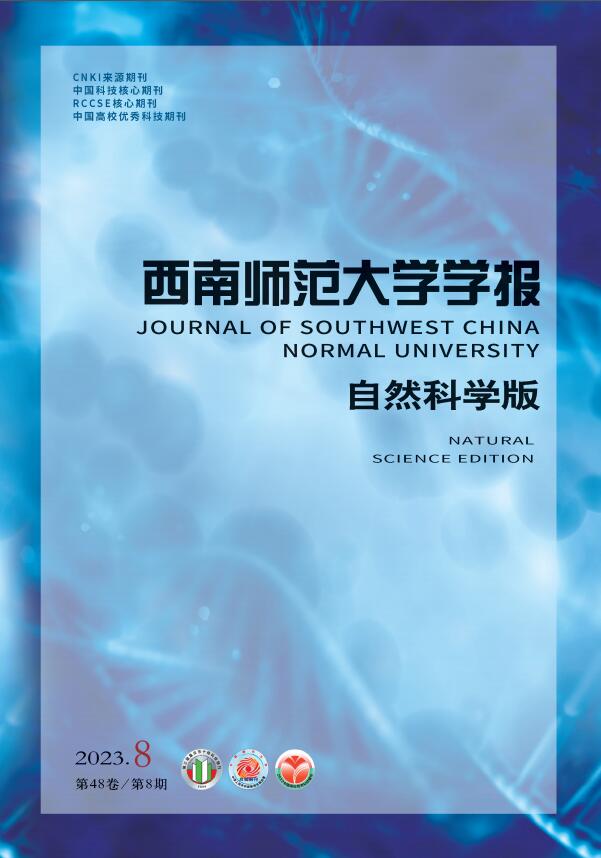Spatial and Temporal Distribution Characteristics and Influencing Factors Analysis of Smog in Sichuan-Chongqing
- Received Date: 08/03/2018
-
Key words:
- fog /
- haze /
- the temporal and spatial distributions /
- impact factor
Abstract: The temporal and spatial distributions and long-term variation characteristics of haze were obtained for the Sichuan-Chongqing region from 1981 to 2014 by studying surface meteorological data and using the climatic statistic method. Simultaneously, the Mann-Kendall method and the Morlet wavelet analysis were used to discuss the changing trend, the change point and time period. The results show that fog days in Sichuan-Chongqing showed a downward trend, the propensity rates of two observations are -6days/10a and -8.2days/10a, respectively, the trend factors are 0.798 and 0.864, no mutation occurred during the study period. From the 1980s to the early 1990s, the main change cycle of fog days is 2 to 4 years, and after the 21st century, the main change cycle of fog days is 8 to10 years. On the contrary, the changing trend of haze days is on the rise, the propensity rates of observation is 8.2d/10a, the trend factor is 0.754, the trend of change occurred in 1997, the main change cycle of haze days is 2 to 4 yeas in 90s, and after the 21st century, the main change cycle of haze days is 4 to10 years. In discussion of the relationships between fog, haze and meteorological factors, it has been found that the trend of fog and wind speed is consistent and positively correlated with relative humidity in the whole research area, that the trend of haze and wind speed is opposite, and that it is negatively correlated with relative humidity, when considering only a single site, the results are inconsistent across site.






 DownLoad:
DownLoad: